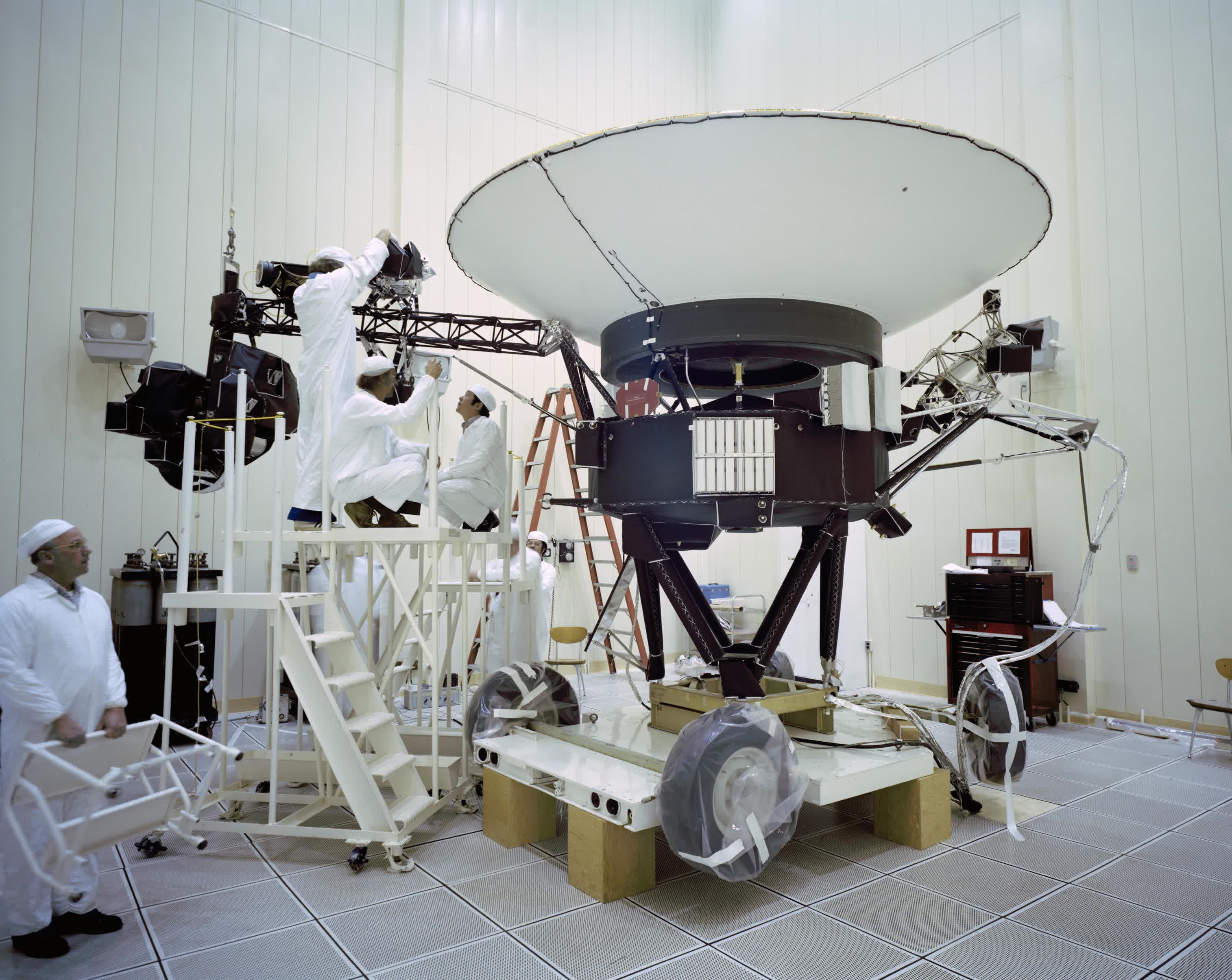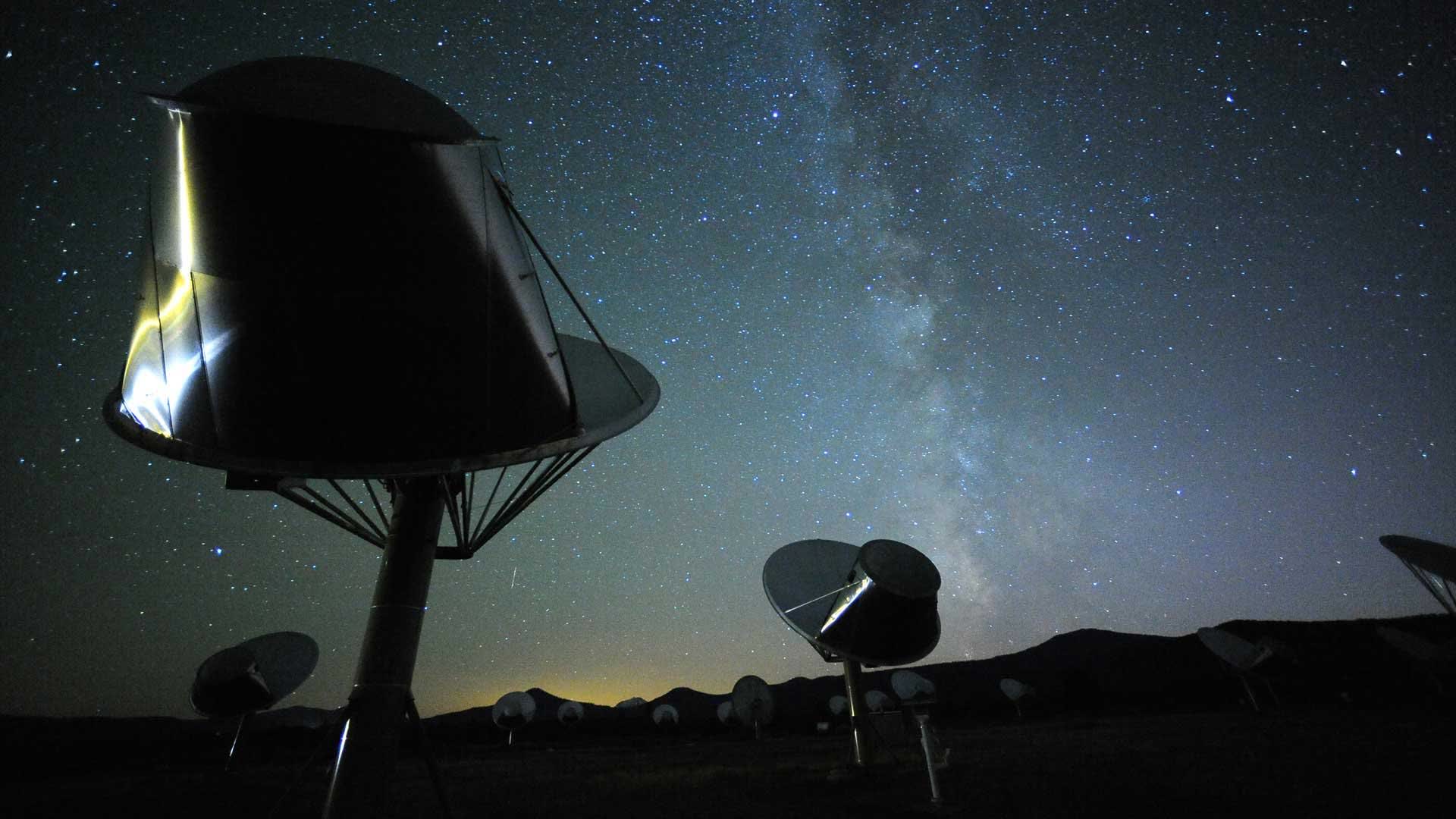Why it matters: Since 2007, The Allen Telescope Array (ATA) has provided researchers with the ability to collect astronomical data and search for signs of extraterrestrial life. Earlier this year, the array recorded 15 minutes of data from Voyager I, the space probe launched in 1977 to explore the furthest reaches of our solar system and beyond. The detection marks the observatory's successful detection and communication with the farthest earth-based object in space.
No specific information was provided about the signal's data, which is transmitted back at a scorching 160 bits per second using NASA's Deep Space Network (DSN). The probe is currently 14.5 billion miles from Earth and is now tasked with taking measurements beyond the edge of the heliosphere. Despite having already far outlived its estimated useful life, the probe will continue its extended mission in interstellar space until fuel supply is depleted. Researchers estimate the probe's reserves will last until sometime in 2025.
The probe is still returning data from interstellar space at a blazing 160 bits per second
Currently managed by Menlo Park's SRI International, the ATA was originally developed by the Search for Extraterrestrial Life (SETI) Institute and the UC Berkeley Radio Astronomy Lab (RAL). The facility was originally supported thanks to more than $30 million in donations from former Microsoft co-founder Paul Allen. Additional funding was later provided by Qualcomm's co-founder and Chief Scientist Franklin Antonio, paving the way for the array's completion.

The facility, located at the Hat Creek Radio Observatory, is comprised of 42 individual radio antennas measuring 6m in diameter. This large-number small-diameter approach allows the facility to cover the same collection area as traditional large dish antenna at a reduced cost, albeit with reduced sensitivity.
Researchers make up for this lack of sensitivity by combining the signals collected from the multiple smaller telescopes. The Voyager 1 signal was detected using 20 of the array's 42 available dishes.
Launched in 1977 to collect and transmit from distant space, the Voyager 1 and 2 probes were the centerpieces of NASA's Voyager Program. The probes explored some of the largest planets in our solar system and conducted successful flybys of Jupiter, Saturn, Uranus, and Neptune as well as a total of 48 different moons.

Each of the probes was provided with a golden record designed to communicate information about our planet to any extraterrestrials "lucky" enough to find them. Contents include 115 images recorded in analog form, sounds of nature and our civilization, music, and greetings in 55 different spoken languages.
But what happens if an extraterrestrial traveler left home without their trusty turntable? Don't worry, the record's cover provides information designed to communicate how the record can be played and how the binary number-based information was encoded.
